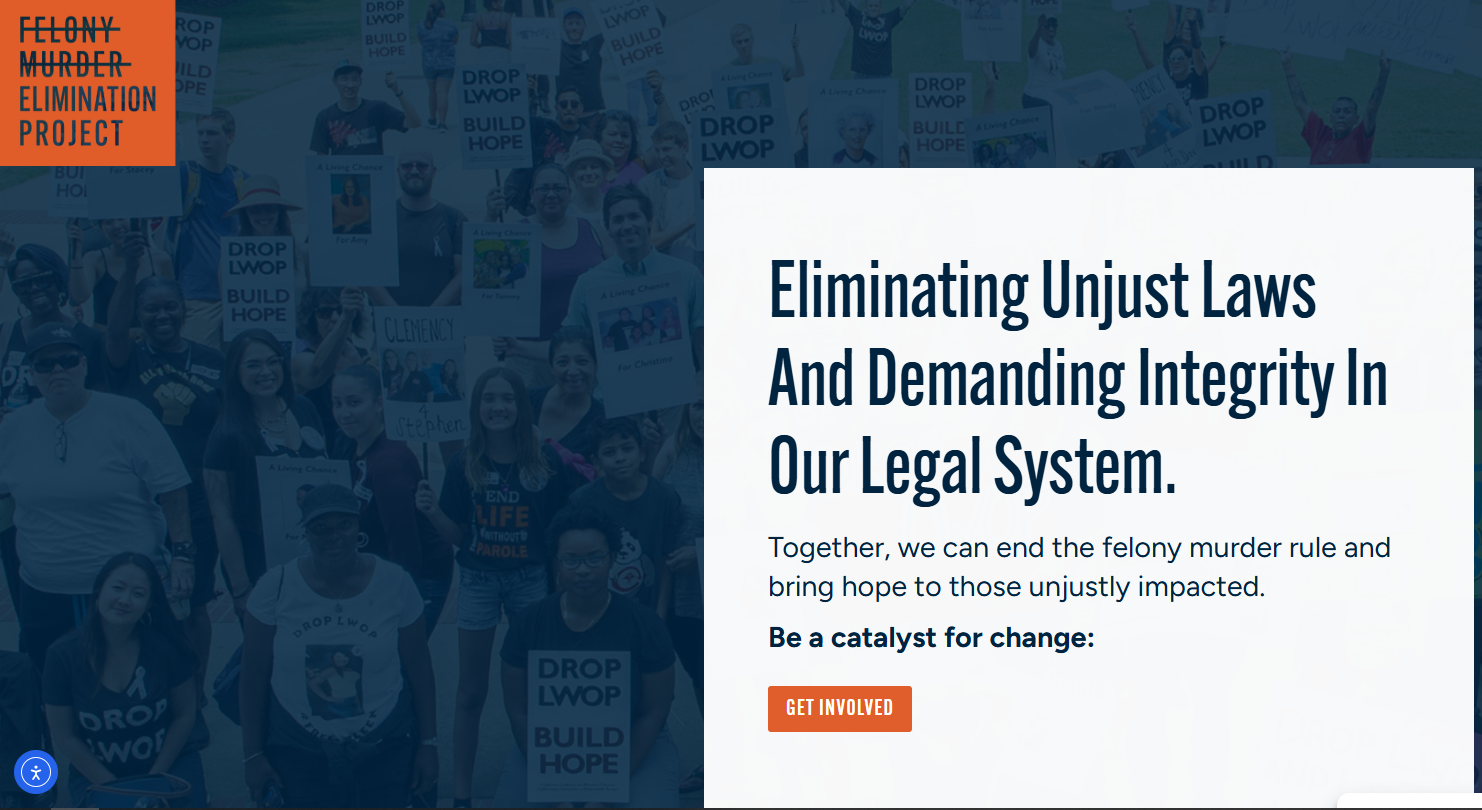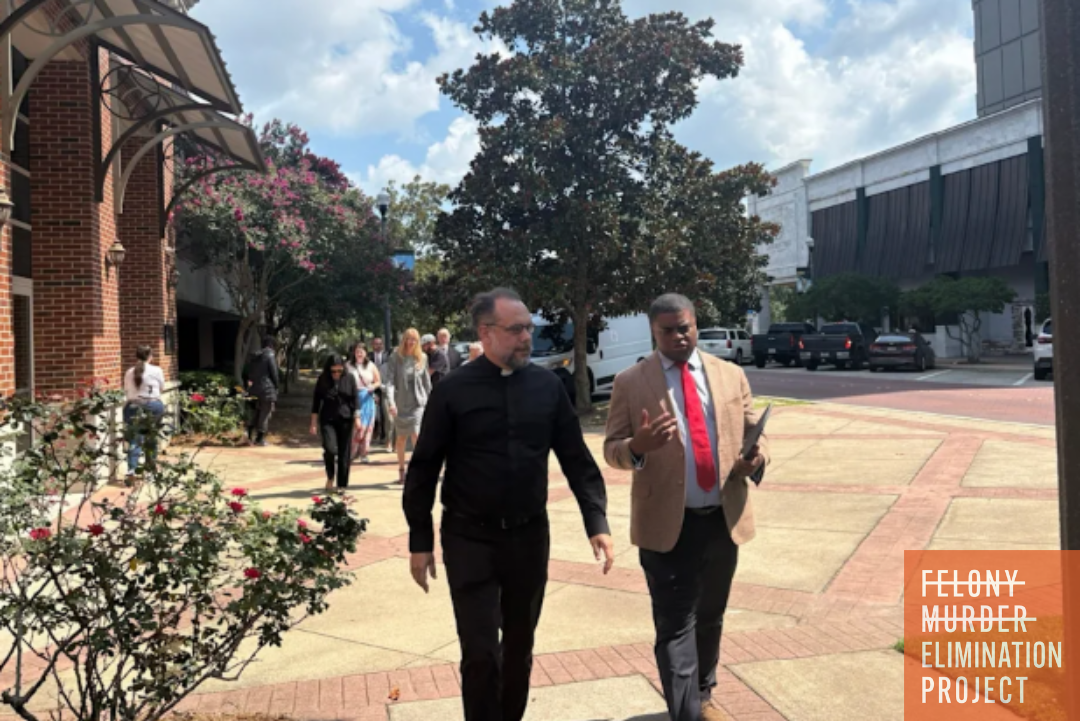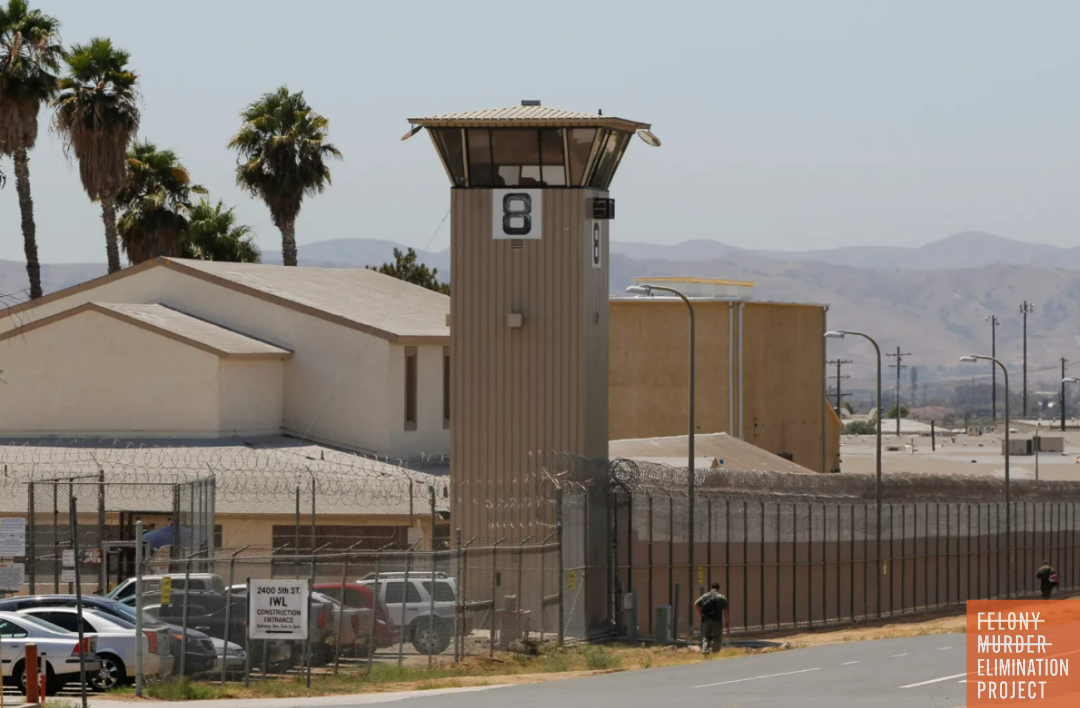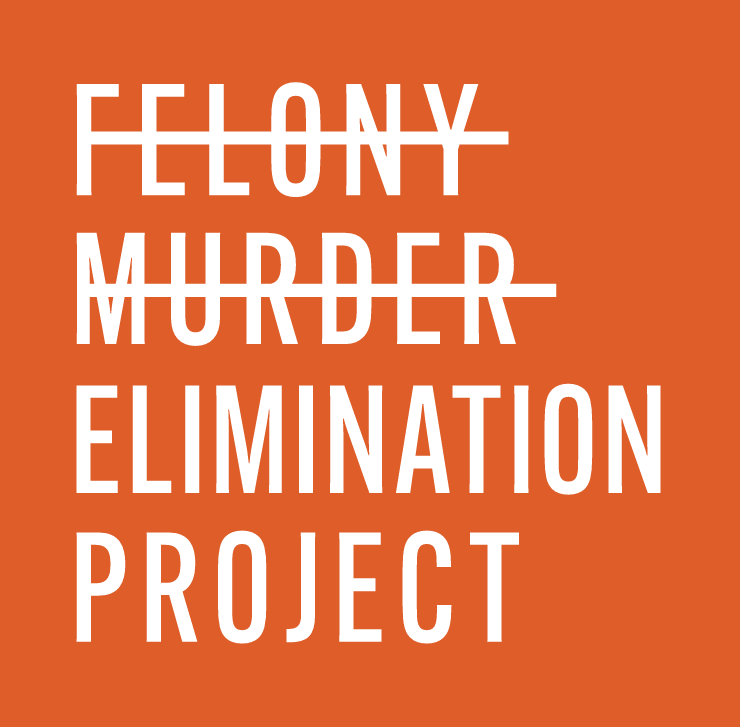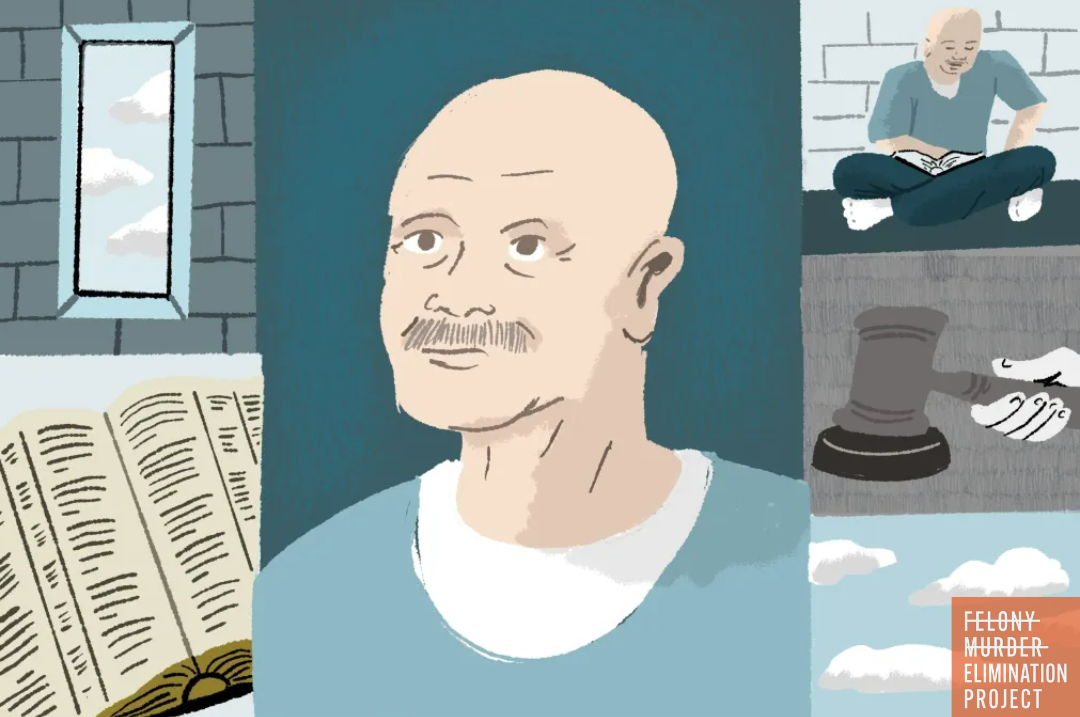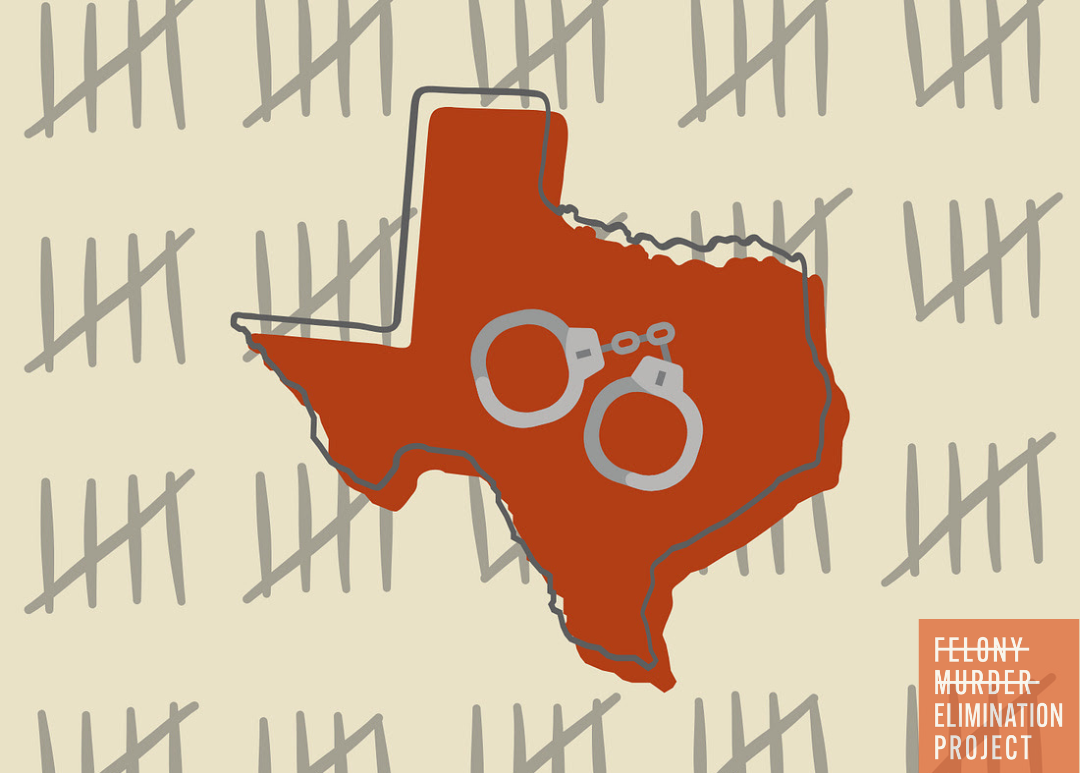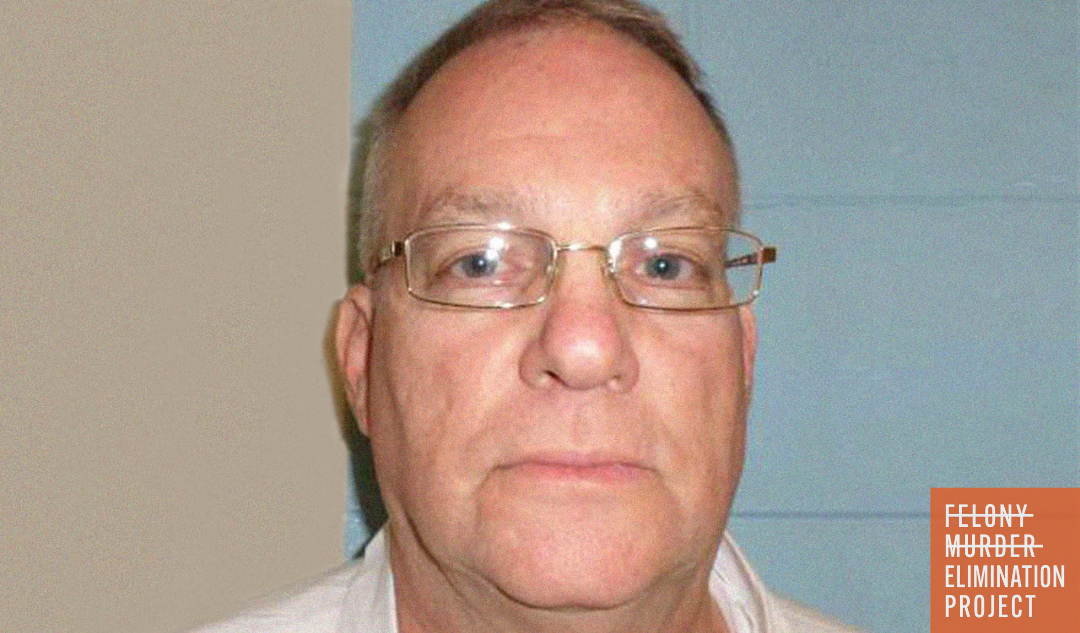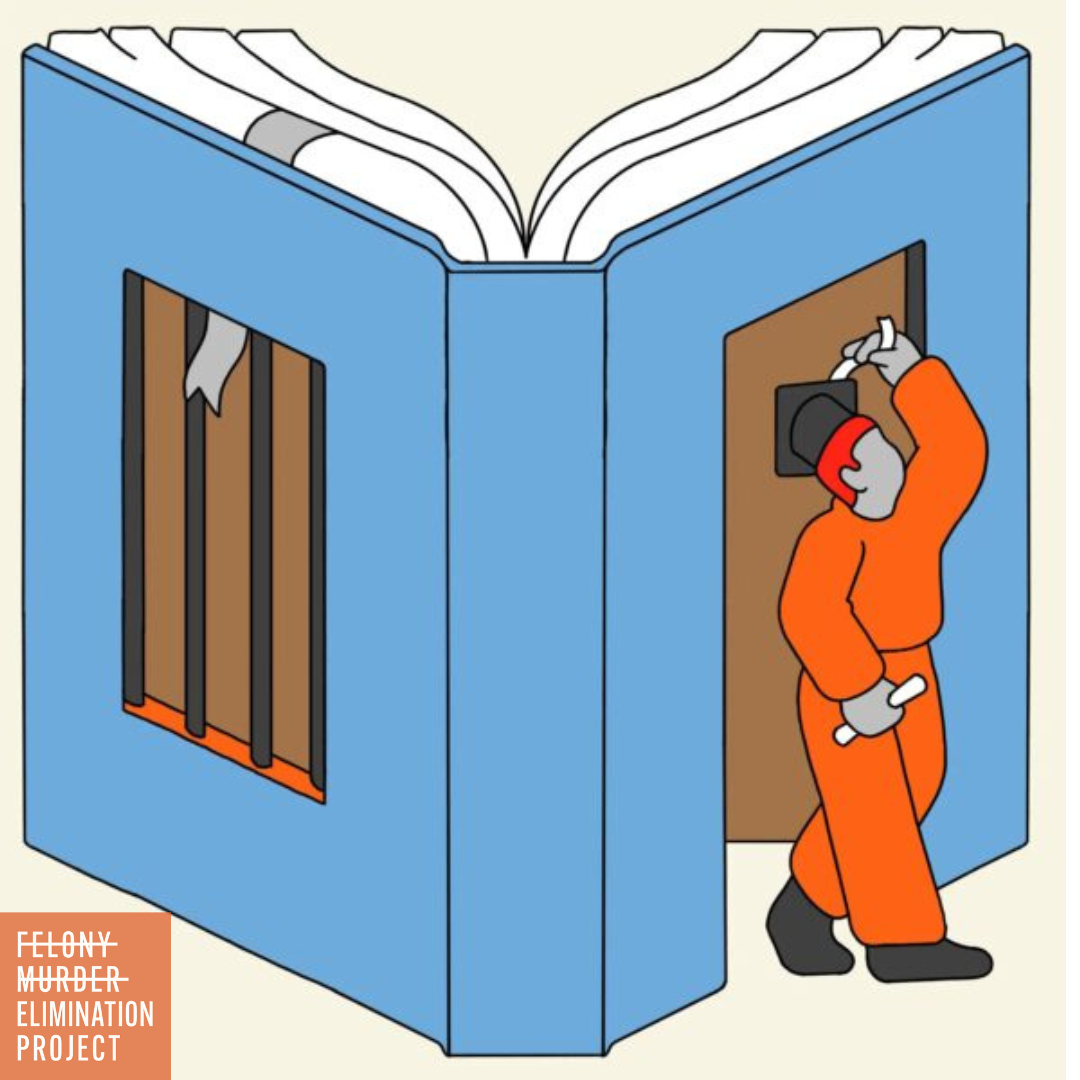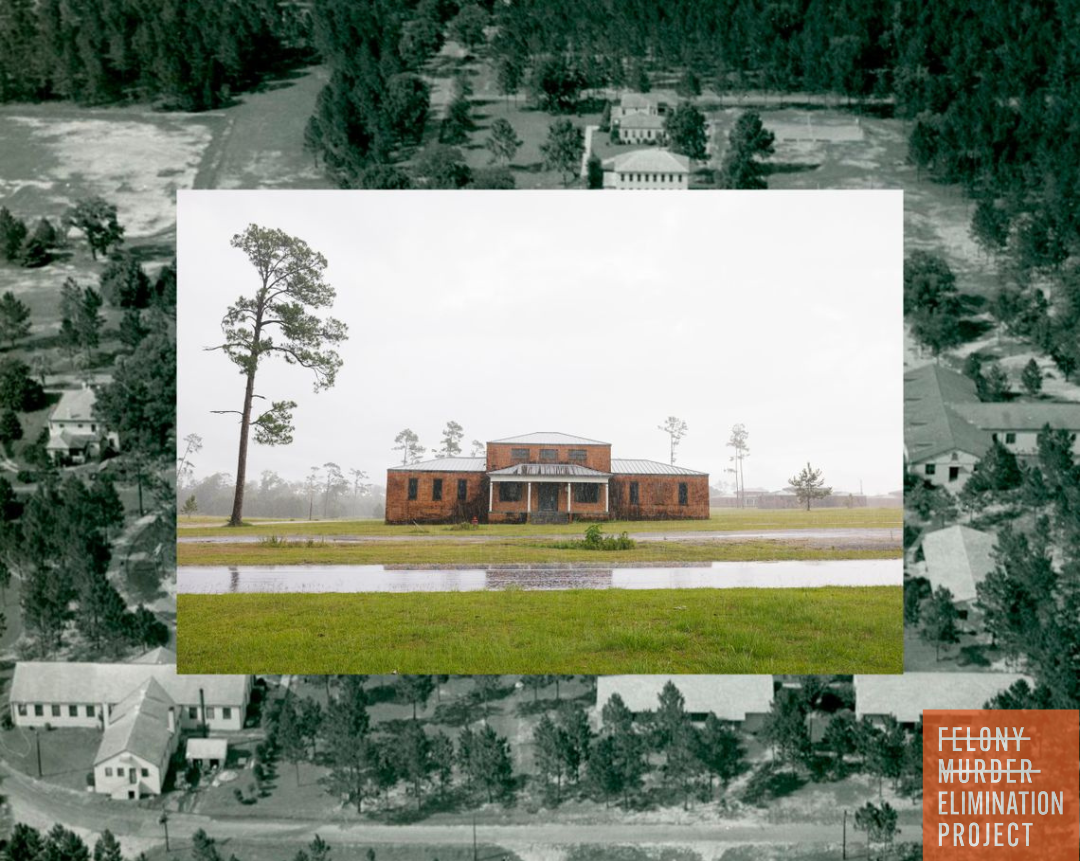The San Quentin Prison Reform Model That Isn't Reform
Newsom’s “California Model” of prison reform isn’t the step away from mass incarceration that it claims to be
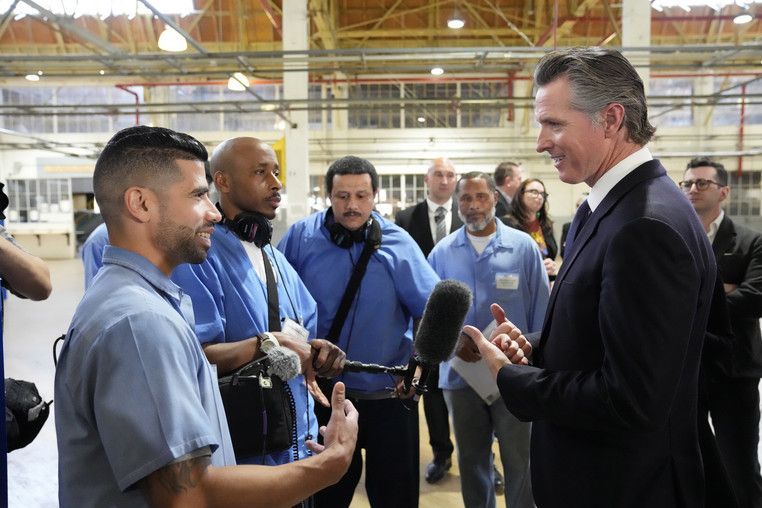
Californians have been demanding a course correction away from mass incarceration for over a decade. In response to those calls, Governor Gavin Newsom last year announced his “California Model” for the California Department of Corrections and Rehabilitation (CDCR), an ill-defined set of proposals sold as a supposed step in that direction. His plan includes demolishing San Quentin State Prison’s death row and building a “state-of-the-art” building that he says will provide stronger rehabilitation opportunities for the limited number of incarcerated people allowed to access it.
However, Newsom’s definition of mass incarceration is fundamentally inadequate. He focuses on the things this system does but fails to grapple with what the system is.
Mass incarceration has many components. It is a prison industry that receives revenue based on the incarcerated population. It is a fundamentally racist political institution that uses this revenue to push through tough-on-crime legislation that keeps prisons full. It is an incentive structure in which the capital received translates into job security for guards, meaning their livelihoods become tied to the perpetuation of a harmful system. Mass incarceration is a national crisis of our collective priorities and values, which disincentives and devalues public services and innovations that would actually provide safety and reduce our reliance on punitive responses. Each of these components represents a deeply ingrained cultural problem, which Newsom’s so-called California Model does nothing to address.
According to the Legislative Analyst’s Office, Newsom’s rehabilitation center at San Quentin will add $25 million per year to the CDCR budget, yet Newsom budgets cut funding for housing and homelessness. If Newsom follows through on his promise to scale this plan, it will add $20 billion to CDCR’s budget over 25 years. That’s the estimated price tag to end homelessness in California today (lest we forget now too that the United States Supreme Court has given local authorities the green light to arrest and jail homeless people who dare to be homeless). That’s nearly five times what it would cost to provide every California resident a free state university education.
With studies showing a correlation between the size of correctional budgets and the political power of correctional unions, Newsom’s "reform" plan will likely give even more influence to the very institutions with entrenched interests in mass incarceration. Newsom’s latest reform effort rings hollow because Newsom doesn’t actually want progress. Real change cannot happen unless we genuinely begin realigning our priorities, and that means shifting resources away from mass incarceration and punishment and toward prevention through investment in public programs like housing and education.
With any public official, always remember; watch what they do, and not what they say. Their true values are reflected in what they choose to do with taxpayer funds. The San Quentin "Reform Model" is no exception to that.
You can read more about the shortcomings of the San Quentin "Reform Model" project in "About that San Quentin prison project..." by Lindsey Holden in the Politico California Playbook PM.

